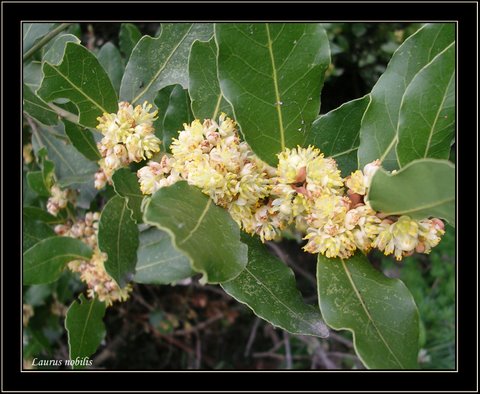
You can use any herb to make a good flavored vinegar, even though tarragon has been known to be a popular herb for vinegar (which I have made as well). Dill makes a wonderful vinegar as well, especially if you add a sprig or two of the seed heads when you bottle them. For either a vinegar or oil base, mint can be made for lamb and fruit salads, lemon thyme for fish, basil for tomatoes, sage for marinating rich meats and fowls; oniony chive blossoms and even the buds, flowers and leaves of the peppery nasturtiums can be used. You can also use a combination of two or more herbs, just decide which flavor you would like to have dominate. Dill vinegar is quite delicious when a little lemon and garlic are added to the bottle.
Herbed oils are not only popular, they are especially beautiful to look at, with the colorful herbs and red chili peppers that fill the bottles. One made with thyme and rosemary makes a quick flavorful oil or create one with garlic, chili peppers, rosemary and other herbs and use for marinating, or use as a basting sauce for grilling meats. If you make one with peppermint, garlic, cumin, coriander, fennugreek, cloves, mace and fennel, your meals take on an Middle East flavor.
So, lets begin with some basics. Make sure that the herbs you use are the freshest you can obtain and make sure they are not brown. Use only the perfect leaves or flowers and make sure they are dry from any water. Bruise the herbs slightly before putting them in a glass bottle or ceramic crock with a tightly fitting top. Use about 1/2 cup of herbs for each pint of vinegar, more if you want the taste to be stronger. (What I do at times, once I have let it sit for a period of time, I will repeat the process. I do this when making raspberry vinegar, repeating the process 3 to 4 or more times, which can end up being expensive, if you need to purchase your own fruit.) When you choose a vinegar, make sure the quality is the best cider or wine varieties available, as herbs will not disguise the sharpness of bad vinegar. My favorite - champagne vinegar. Strawberry or blueberry vinegars are great in fruit salads or a nice spring mixed greens salad.
Best herbs for vinegars: basils, chervil, chives and chive blossoms, dill leaves, fennel, lemon verbena, marjoram, rosemary, salad burnett, savory, tarragon, thyme, lemon thyme. Use these in any combination you desire. You may also wish to add garlic, savory seeds, red chilies, or lemon.
One of the two methods can be used:
1. Pour the vinegar over the herbs in a clear glass bottle and make sure that you close it tightly. Place the bottle in a very bright sunny window and frequently turn it for a two week period. I have used this method when I make my flavored vinegars. Looks really nice near a window.
Or:
2. Heat, then pour the warm vinegar over the herbs in a bottle or crock container and close tightly. Let it steep overnight. Do not over heat the vinegar, since you do want to keep the acidity level as close to the original level.
Which ever method you choose, you want to strain and rebottle the vinegar at the end of the steeping time, adding a fresh unbruised sprig for decoration. You can either place one sprig or a generous bunch of herbs can be inserted.
Making herb oils are just as easy to create or can be more involved. To make your own, add the herbs and spices of your choice to olive oil (olive oil is the best, even though you may use any good oil). Steep herbs in a closed bottle or container in a warm (but not too hot) place for a few weeks before using. Again, make sure that both the herbs and containers are water-free. Sometimes, I will slightly dry the herbs by putting them in a warm oven to release some of the water content, before putting them in the oil. As you know, water and oil do not mix. Again, add some dried whole peppers for a spicy oil or dried rosemary sprig. Experiment and enjoy your creations.
Herbal Oil
15 whole peppercorns
6 tsps dried rosemary
2 tsps dried crushed garlic
3 tsps dried oregano
3 tsps dried thyme
2 bay leaves (whole)
Olive Oil goes well with Basil, Fennel, Garlic, Cayenne, Rosemary, Thyme, Tarragon.
Sunflower Oil goes well with Basil, Rosemary, Tarragon, Thyme.
Safflower Oil is complimented by Basil, Garlic, Rosemary, Thyme.
Peanut Oil is enhanced by Garlic, Basil, Thyme, Rosemary.




